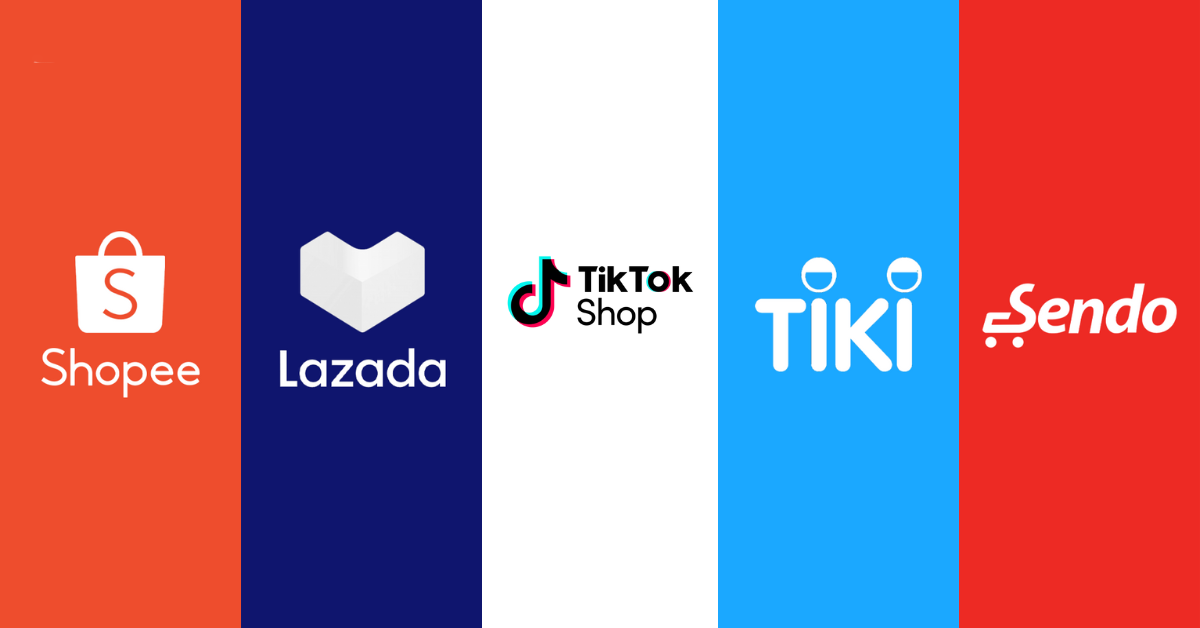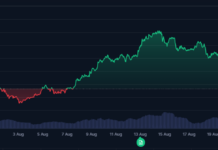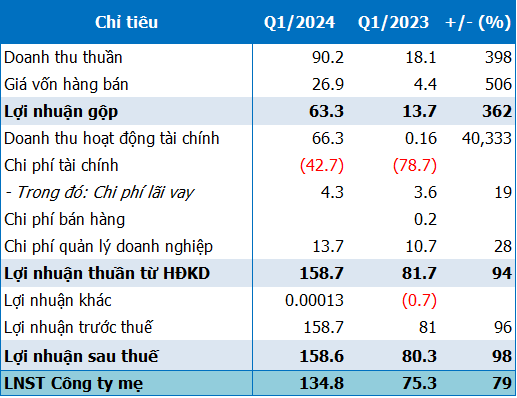According to statistics from Metric, a leading e-commerce data platform, the combined revenue of the top five Vietnamese online retail platforms – Shopee, Lazada, Tiki, Sendo, and Tiktokshop – is estimated to have reached approximately 85 trillion VND in Q2 2024, marking a significant 78% increase compared to the same period in 2023.
For the first half of 2024, the cumulative revenue of these five platforms is estimated to have surpassed 156 trillion VND, reflecting a remarkable 78% year-on-year growth.
In the preceding quarter (Q1 2024), the retail revenue generated by these e-commerce giants amounted to 71.2 trillion VND, excluding sales from live streaming sessions. This figure translates to a substantial 78.6% increase compared to the first quarter of 2023.
This growth far surpasses the initial predictions for the Vietnamese e-commerce market, which estimated a more modest 35% increase for 2024. Among the platforms, Shopee maintained its dominant position with a market share of 67.9%, generating 53.74 trillion VND in revenue. Tiktok Shop followed closely with 23.2% market share and revenue of 18.36 trillion VND. Lazada and Tiki trailed with 7.6% and 1.3% market shares, respectively, amounting to 6.03 trillion VND and 997.06 billion VND in revenue.

The top five Vietnamese online retail platforms: Shopee, Lazada, Tiki, Sendo, and Tiktokshop
A recent report by NielsenIQ Vietnam on the shopping behavior of Vietnamese consumers revealed a notable shift towards online shopping. On average, consumers are now shopping online nearly four times a month and spending over eight hours a week engaged in online shopping. This frequency is almost double the rate at which they visit supermarkets.
The report also highlighted that consumers are utilizing an average of 3.2 platforms to fulfill their online shopping needs. Mobile phones remain the most popular device for making purchases, with a staggering 94% of consumers opting for this method, according to NielsenIQ.
The top three most purchased product categories are food and beverages, cosmetics, and fashion and sports items. This is followed by home care and technology products, mother and baby care, and digital services such as online bookings and deliveries. This shift indicates that consumers are now turning to e-commerce platforms for their daily essential needs, moving beyond the previous focus on non-essential items like electronics, appliances, and fashion.
Interestingly, price is no longer the primary driver of online shopping behavior. Instead, the top two reasons cited by consumers are stockpiling for family consumption (25%) and immediate consumption (21%).
“These figures indicate that online shopping has become a mainstream activity, and purchasing essential items online is increasingly common. As a result, the e-commerce industry needs to find new growth drivers to meet the evolving needs of today’s consumers,” remarked NielsenIQ.

The top three most purchased product categories are food and beverages, cosmetics, and fashion and sports items.
Metric’s e-commerce data platform also forecasts an accelerated growth trajectory for the market in Q2 2024, with a projected increase of 19.2% compared to Q1 2024. This equates to a remarkable 78% year-on-year growth. The remaining months of 2024 are expected to witness further positive growth signals in the online retail space.
According to the Department of E-Commerce and Digital Economy, Vietnam’s policies for economic and e-commerce development have created a conducive environment for businesses. These policies include legal framework improvements, financial support, investment incentives, digital infrastructure development, data protection, cross-border e-commerce facilitation, and the encouragement of research and development in new technologies.
E-commerce enables Vietnamese businesses, particularly small and medium-sized enterprises, to reach a wider customer base. The adoption of digital technologies such as artificial intelligence (AI), big data, and the Internet of Things (IoT) empowers businesses to optimize their production and operations. By leveraging these technologies, companies can enhance their processes and better meet the evolving needs of consumers.
As a pioneer in the digital economy, the e-commerce industry is committed to sustainable development. This entails optimizing the entire value chain, from production and business operations to consumer experiences, through positive and balanced solutions. These solutions should strike a harmonious balance between economic development, social equity, and environmental protection. In this context, businesses and consumers are the primary drivers of sustainable e-commerce development, while the government plays a pivotal role in creating an enabling environment through infrastructure development and supportive policies.
Overloaded Lunar New Year Orders
This year, the situation of overloaded delivery during the Lunar New Year holiday is happening earlier than usual.
Lucky Shipper Wins Big During Lunar New Year
In the days leading up to Tet holiday, the amount of online shopping has significantly increased, with delivery personnel being busy on every route in Hanoi. According to an e-commerce expert, online shopping during this Tet holiday has seen a remarkable surge and is expected to continue rising in the coming period.
Small to Super Small Businesses Gather Thousands of Orders During the Holiday Season
Small and medium-sized enterprises (SMEs) are opting for e-commerce platforms such as TikTok Shop as a way to enhance customer engagement during the festive season of Tet.









































